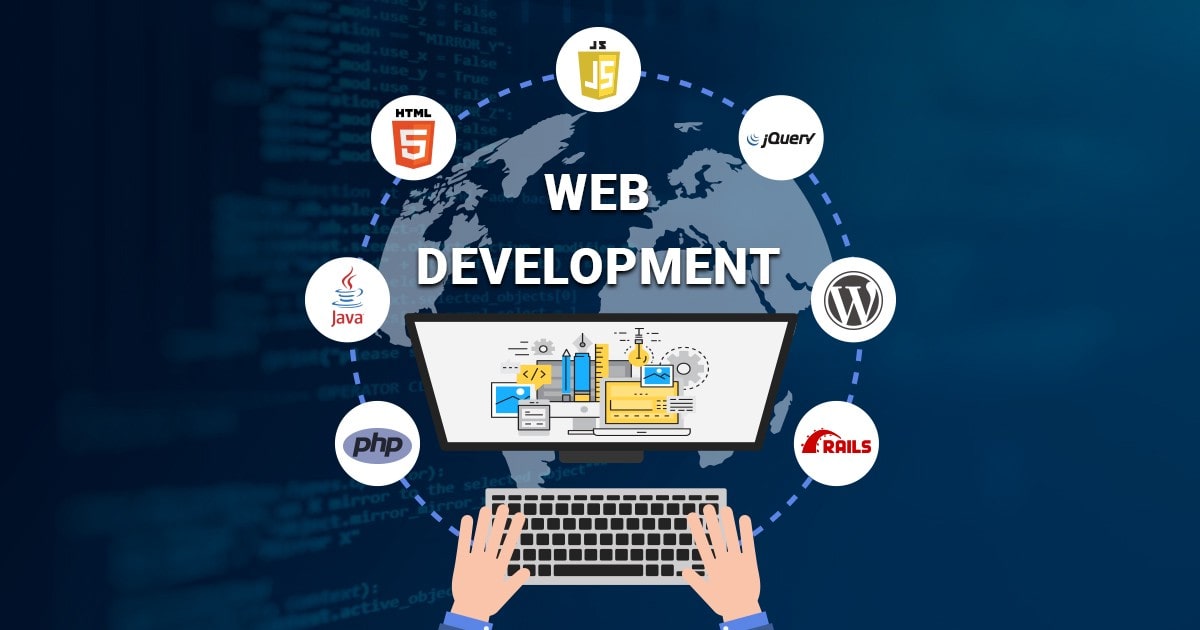The lifecycle of web development (WDL) is an additional variation of the general framework that is used for the development of any development project in the field of application. Contrary to the general development of applications Web project designs and developments have the same structure, therefore the lifecycle of Web Development in Pakistan or process can be used as a source of information to both web developers as well as the user to assess the current status of a project and what area of focus to tackle the next.
The Web Development Lifecycle is made up of eight distinct phases which are in the following manner:
Initial Consultation:
The Initial Consultation seeks to understand the basic business requirements. As well as the scope of the web development project, the required timeframe for delivery. And the overall feasibility, design, and cost that the venture will incur.
Project Specification:
The requirements of the website being designed are formulated in a series of iterative meetings by the Client with the Web Design team. And then documented by way of a High-Level Requirements Specification. The focus here is on the pertinent business rules and outputs. The implementation and operation of the program, including how the requirements actually are met is a matter for later. Once the document is approved, it will be the basis for the next steps in the Web Development Lifecycle.
Web Site Architecture:
In this section, the hardware and software requirements to deliver the web-based application are defined. And include the best web-based and application development language operating system. The databases management systems (DBMS), and the hardware/hosting environment. Which are the most suitable to provide the final website with a reliable. As well as robust manner in consideration of the expected growth in the volume of data, visitors numbers web traffic, and functional.
Web Site Design Cycle:
Deliverables from this stage will be focused on the web-based design of the system. These include mock-ups, or prototypes of screens that form the system. As well as walks through of system that allows both the client as well as the developers of software, designers. And the project management staff to comprehend how the site will function from a user and administrator standpoint. The design of the CRM will also be fully considered too. The web application’s functionality is considered within the context of the specified outputs and business rules. This could cause a High-Level Requirement Specification to be modified or updated. In the following, a crucial deliverable is a Low-level Website Design Specification or Document that precisely defines the necessary design of the website and also forms an outline of the project for developers of software.
Content Collation:
All required textual and graphic information for the website application is either developed or purchased by the Client (or the company that develops software depending on the specific scenario). Administration functionality that allows the client to modify the entire website’s content from the time of system launch, and also on a regular basis is presumed to have been provided and specified in the High-Level Requirements Specification.
Web Site Project Development:
At this point, a complete plan of action will be developed for the implementation of the web design, the resources identified, timescales established and project dependencies well comprehended, especially in relation to what parts of web development could be completed in parallel or in series. This phase actually overlaps with the next phase that is part of the Web Development Lifecycle since all web-based modules are unit tested until destruction by the relevant developers on the web. Furthermore, it is vital that any code developed by software developers be quality-tested to ensure that the code is in line with standard development practices for the project.
Also Read: List of Most Popular Fashion Websites in the World
Testing &Amp; Quality Assurance:
Different types of testing take place in this phase, ranging from volume. And system testing to so that all components are working inside the website application. And are able to efficiently handle both current and future requirements of the system up to user acceptance Testing (UAT) along with the final sign-off. There are numerous types of testing needed during this stage. That is not within what is covered in this article like cross-browser testing and security testing. All of which contribute to the development of a quality website and service to the user.
Web Site Deployment (Launch):
After the implementation of the site has been checked and confirmed by the client. And the software development company as fully functional. The site is then deployed into environment of production and is then made available to all users who are interested. After this, there is usually an agreed-upon period of warranty, and an ongoing support contract can be negotiated. Which is depending on the wishes of the customer.
The method may differ, but generally being said, the features and dependencies of a successful method of delivery of web applications to clients do not. I hope this was an interesting guide to creating high-quality web applications for any company.




















